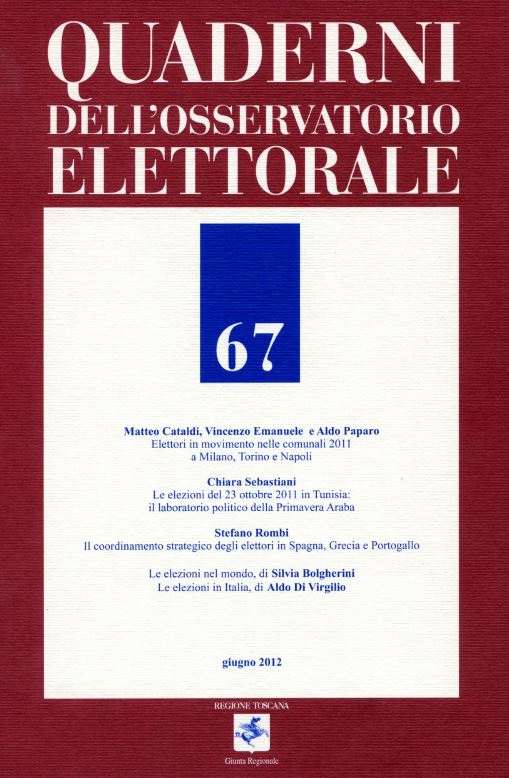Published 2012-06-30
How to Cite
Abstract
In 2011 Italian local elections we observed high electoral mobility: in Milan, for example, the center-left gained his first-time victory in the Berlusconi era, while in Naples there was a significant split voting in the first round and a huge turnaround between the first and the second ballot. A general research question emerged: are the shifts in the results understandable trough a left-right axis (political nature hypothesis of these elections) or were there cross-cutting mechanisms (local nature hypothesis of the elections with a strong role of personal aspects)?
To answer the question we analyze the voting ecological estimates in the three biggest cities involved in 2011 elections: Milan, Naples and Turin. For every matrix we generated the estimates both applying the traditional Goodman model (for the whole city and splitting by district) and the hierarchical multinomial-dirichlet model developed by Rosen, Jiang, King and Taner.
The most important result of our study is the strong political polarization of the vote in the two northern cities and a great importance of the local factors in Naples, where only a dominant role of the candidates can make sense of the detected shifts in voting behaviour.


